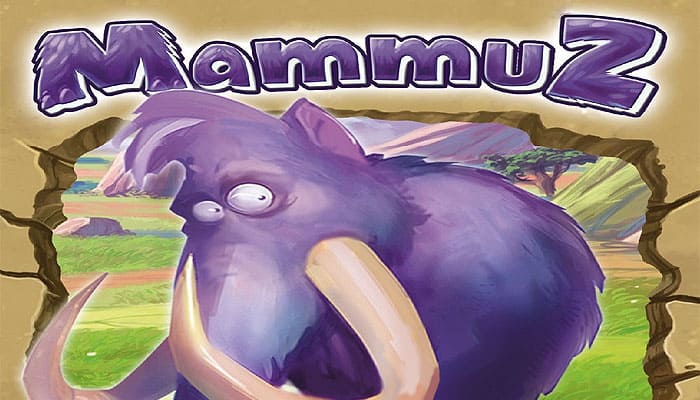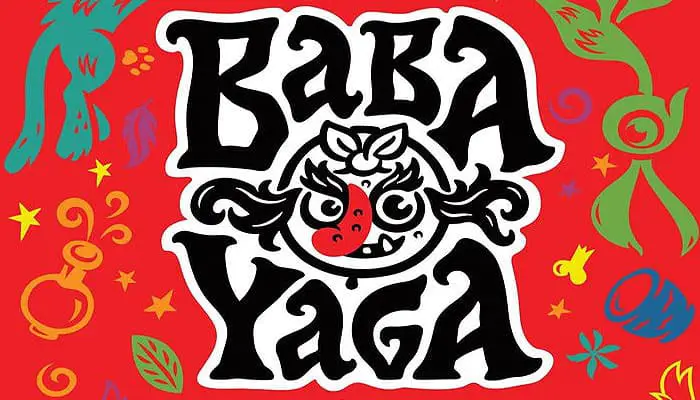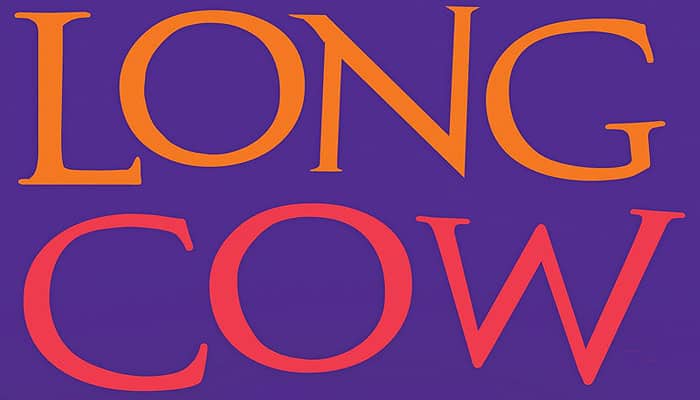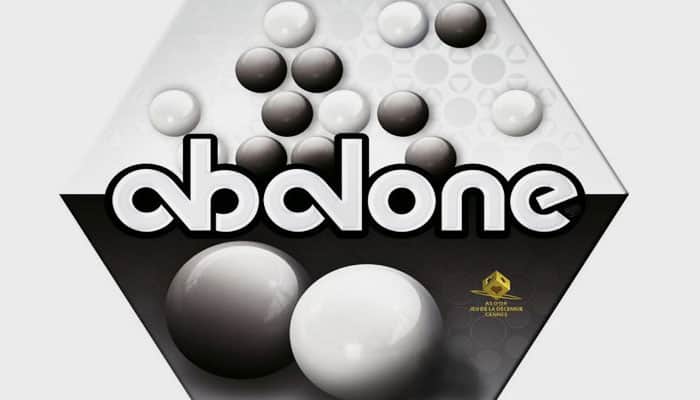
Welcome to the ice age, to pursue your search for squirrels, saber-toothed tigers, mammoths and dinosaurs. What? You're saying there are no dinosaurs anymore?
You're wrong! Even though many species die out over the course of this game, the dinosaurs will survive. MammuZ is a card game for 3 to 7 players, 8 years and up, in which cheating is officially allowed.
Game Materials

- 2 mammoth cards
- 3 bear cards
- 4 deer cards
- 5 saber-toothed tiger cards
- 6 hare cards
- 7 squirrel cards
- 8 gopher cards
- 9 mouse cards
- overview cards
- 6 dinosaur cards
Object of the Game
Your objective is to be the first to get rid of all your hand cards. You can do this by either laying out cards - where you may cheat to your heart's content - or discarding complete species. …












































